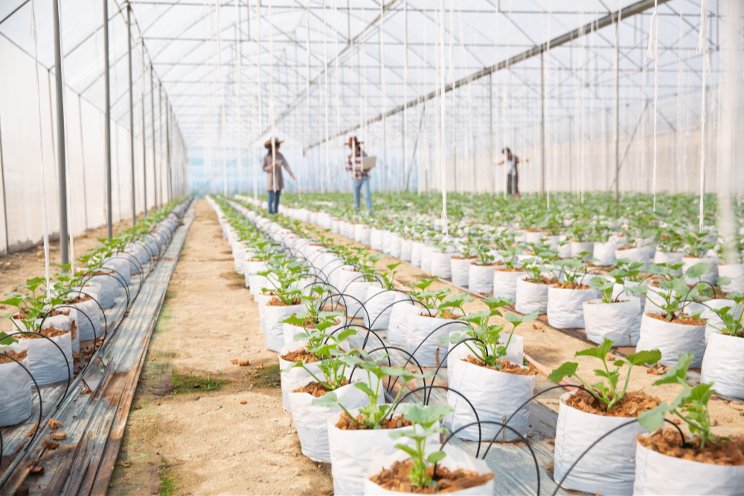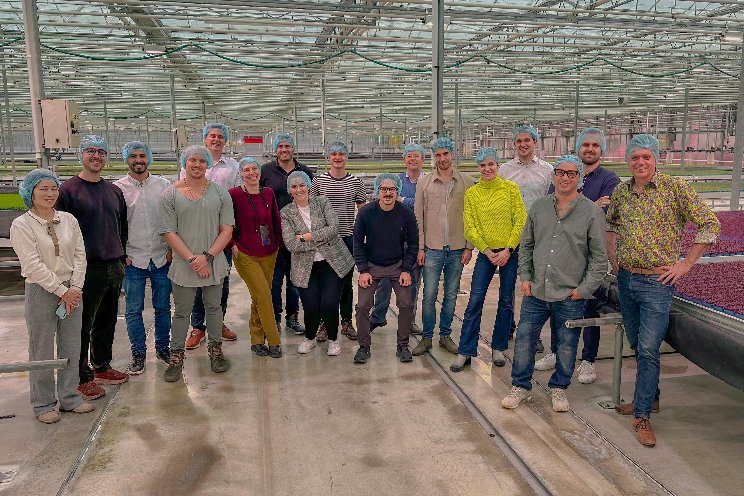How CEA can connect with utilities to unlock rebates & incentives
Added on 23 November 2023

To help understand how these programs work and their requirements and opportunities, Cody Allen, Director at RII member organization ICF, shares his top tips on how CEA operators can connect with utilities, as well as state and federal program administrators, to unlock rebates and incentives for energy-efficient system upgrades.
1. DO YOUR RESEARCH.
When it comes to learning about, and applying for, utility incentives and rebate programs, it’s important that CEA operators not only turn to key partners, like their contractors and systems providers, but also do their own investigation into what is available to them in their states of operation.
“Utility programs are typically governed by state regulators like the Public Service Commission. And sometimes there are laws or legislation that are in place that are out of the utilities’ control,” Allen says. Contractors who have experience with generous incentive programs in certain states may not think it’s worthwhile to apply for another state’s incentive program, but “that really just hurts the customer,” he adds.
When doing your own research, it’s important that CEA operators look outside of programs that are CEA specific. Allen encourages CEA operators to “not only to look at the utility programs, but also other state grants and programs that are available, through the state or through the federal government like the USDA.”
There may be significant savings opportunities in federal programs (for all crops except cannabis with a THC content above 0.3%) through the USDA, REAP (Rural Energy for America Program), EQIP (Environmental Quality Incentives Program), or even programs funded through the Inflation Reduction Act (IRA) that may not be CEA specific for which operations can still qualify. For example, depending on the size of the operation, CEA facilities can sometimes qualify for small business programs, or even commercial and industrial (C&I) rebates.
“Depending on the rate class, it could fall into a small business program rather than a C&I program,” Allen says. “I encourage CEA owners and growers to look into the eligibility requirements of those programs.”
In certain cases, programs look at a business’s energy use (measured in kilo-watts) at peak times rather than facility size. “And just because you see that you don’t qualify [for a C&I program], it doesn’t mean there’s not another program within that suite of utility programs that you may qualify for,” Allen continues.
“The best thing to do is to call in if you have questions and try to talk to an energy advisor that represents that utility in those programs.”
2. HAVE CONVERSATIONS WITH UTILITIES AND POLICYMAKERS.
Just because there aren’t any programs that are either worthwhile for your operation, or available to your business, doesn’t mean there are no opportunities to develop custom solutions with utility incentive program operators and policymakers, Allen notes. “Especially if the program’s not worthwhile because of [spending caps] from poor policy decisions. Come to the table and say, “Look, this is why the program’s not ideal, and here’s an example of a program that’s very successful. Here’s that structure, and here’s why we need to change.”.. If they view that sort of case and you can make that comparison, they tend to be willing to make modifications to improve the existing program or create a CEA-specific pathway.”
Image by jcomp on Freepik
More news















